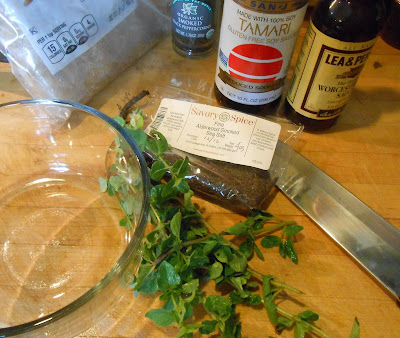Water Lily, the story of an artwork scarf
One of my New Year's Resolutions this year was: More Sizzle, Less Work!!!
What does that mean? It means that we work crazy hard on all sorts of things but the one thing we often don't do is share all the cool stuff behind the work we are creating. So my goal is to get our light out from under the basket and let folks know what we are doing.
I have the opportunity to offer my amazing artwork scarves for sale in Denver. My thought is to write up the story on each scarf of the work that went into creating it.
I'm thinking of creating a small hand-bound book for each scarf.
Here is my first attempt. Please let me know what you think. Too much detail? Not enough? What is confusing and needs to be better explained?
Calling on her lifetime of
experience with natural dyeing, Master Dyer Sheron Buchele Rowland
uses her variation of the ancient Japanese textile dyeing techniques
known collectively as “Shibori” for these works of wearable art.
Each scarf is unique and
is created one-at-a-time. Much thought and effort goes into the
creation of both the color and the design. Each scarf is signed by the artist.
The colors are created
using plants and other botanical materials. Many of the scarves are
the result of multiple times in the dye pot creating a layering of
color and complex natural shades which are singular and not reproducible.
The scarf is an delicious blend of silk and wool (63% silk/37% wool). Warmer than silk and
softer than wool, the blend combines the best of these two quality
ingredients. The hems are hand rolled and sewn with silk threads.
The fabric is luxurious, light, soft, and warm.
 |
| One-of-a-kind artwork meant to be worn and enjoyed |
Water Lily
Base
color: Logwood
Color created from the heartwood of a spiny flowering tree in the legume
family (the same family as peas and beans). I use an extract of
the wood shavings prepared from sustainably harvested logwood trees
to create this soft purple background color on the off-white textile.
Shibori
techniques:
Kanko
(bound resist) The cloth is plucked up and bound to exclude the dye.
This created the round-ish circles.
Suji
(pleating) Using string, the cloth is gathered in pleats and bound.
This creates the arched lines.
Primary
color: Indigo
Only
a few plants in the world create blue. Japanese indigo is one of
them. I grow the plant but can't grow enough currently for my needs.
Until then, I use an extract indigo created like instant coffe
crystals. It is tricky to work with but creates incredible color.
The indigo blue floods the scarf with color where ever it is unbound.
 |
| So wonderful when traveling! I've used my scarf as a blanket, a pillow, a coat, and a privacy screen. Roll it up into a tiny packet and tuck away until you need it. |
Water
Lily
36”
x 80”
$335
Detail to show subtle and
complex color mixing





Comments